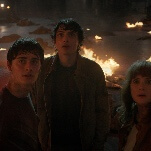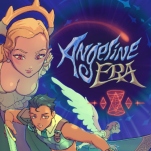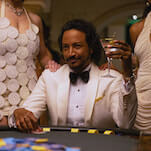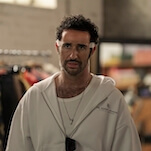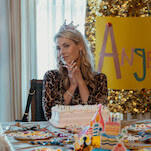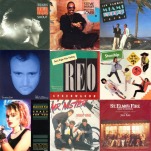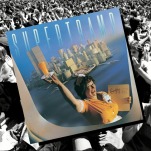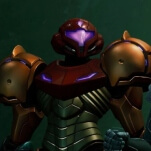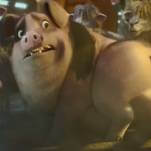Since 2007, TV Club has dissected television episode by episode. Beginning this September, The A.V. Club will also step back to take a wider view in our new TV Reviews section. With pre-air reviews of new shows, returning favorites, and noteworthy finales, TV Reviews doesn’t replace TV Club—as usual, some shows will get the weekly treatment—but it adds a look at a bigger picture.
My Little Pony: Friendship Is Magic feels too innocent to be critiqued. The show is ostensibly aimed at 2- to 11-year-old girls, though one of the quiet triumphs of the program is how many fans from other demographics it has garnered in the last three seasons. It’s saturated with cuteness: pink, sparkly unicorn horns and long, flowing rainbow manes. Every problem is resolved through the strength of friendship, rulers are kind and merciful, and good ponies always get a happy ending.
Also, there are horse jokes. Lots of horse jokes. The main setting is the kingdom of Equestria. The capital is Canterlot. Married couples are proclaimed colt and filly, rather than husband and wife. And as they drive away in their car (no word on the horsepower of the engine), horseshoes are tied to the bumper, clanking on the cobblestones.
It’s delightfully silly, if also a little grating. But that attention to detail has made My Little Pony one of Hub Network’s biggest hits. The two-part “Canterlot Wedding” drew the most viewers of any Hub program, and the show’s resonance with wider audiences has made it a popular cultural touchstone (see: the adult, largely male fandom known as “bronies”).
In its fourth season, the show attempts to shift gears, and though that makes for a premiere that is less thrilling than My Little Pony’s finest episodes, it could set up a season that is better than ever. At the close of the third season, protagonist Twilight Sparkle became a princess and an alicorn—a unicorn with wings. She now has duties and responsibilities associated with her royal title, and as such, she can’t spend as much time with her friends from Ponyville, the five other ponies that round out the show’s regular cast.
That’s quite an impasse for a show subtitled Friendship Is Magic. But it’s also an interesting one: The show’s strongest moments explore the complex subtext of female friendships through what appears to be a juvenile lens. Yet there’s an insidiousness about constantly championing the group over the individual: Like many narratives targeted to young girls, there are never any heroes in My Little Pony, championing some versions of girl power at the expense of others. No pony accomplishes something alone that she would not have done better with her friends present. It makes for some curious contradictions: Even though Twilight Sparkle’s mentor, Princess Celestia, is always pushing her to learn more from her friends, Celestia herself doesn’t seem to have any. What happens to all your friends between childhood and adulthood?
“Princess Twilight,” the fourth-season opener, gets into that dynamic by pushing Twilight Sparkle in one direction and the other five ponies in another, only to pull them back together when their kingdom is in crisis (though it’s worth noting that Equestria is always in crisis). It’s not the best episode. The chimera Discord isn’t the show’s strongest adversary, and the premiere’s plot twist is a pun on the idiom “sowing the seeds of discord.” The threat isn’t that scary, and there’s also a problematic African-queen zebra that offers some portents in rhyming couplets.
But for once, even though the other ponies are present, it’s Twilight herself who has to do most of the work. Even though she’s often the pony who solves the riddle or finds the missing clue, she’s joined with her friends to fight off the attackers. In “Princess Twilight,” she has to do a lot of the grunt work on her own.
At the end of the episode, Twilight Sparkle finds a box with six keyholes, which will presumably require each of the six friends to find and produce a key. It’s hard not to feel a surge of joy for Twilight, knowing that she’ll be able to spend time with her friends, instead of worrying about the fun they’re having without her. But it’s also encouraging that the show is doing something different with the idea of female friendship. It’s doubtful that My Little Pony will be swearing off pink-and-purple castles anytime soon. But considering friendship between women is a difficult subject for even adult shows, it’s lovely to see the work happening in Equestria.
My Little Pony: Friendship Is Magic
Grade: B
Created by: Lauren Faust
Starring: Tara Strong, Ashleigh Ball, Tabitha St. Germain, Andrea Libman, Nicole Oliver
Debuts: November 23, 10 a.m., Hub Network
Format: Half-hour animated series
Two episodes watched for review


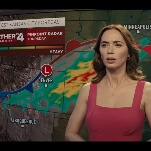



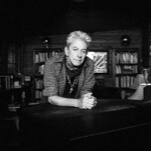
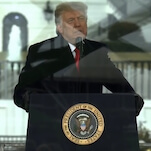

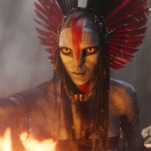
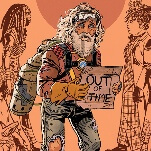
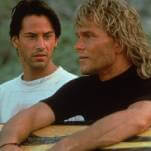
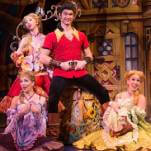
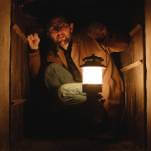



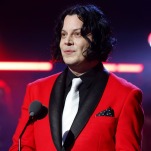

![Rob Reiner's son booked for murder amid homicide investigation [Updated]](https://img.pastemagazine.com/wp-content/avuploads/2025/12/15131025/MixCollage-15-Dec-2025-01-10-PM-9121.jpg)

